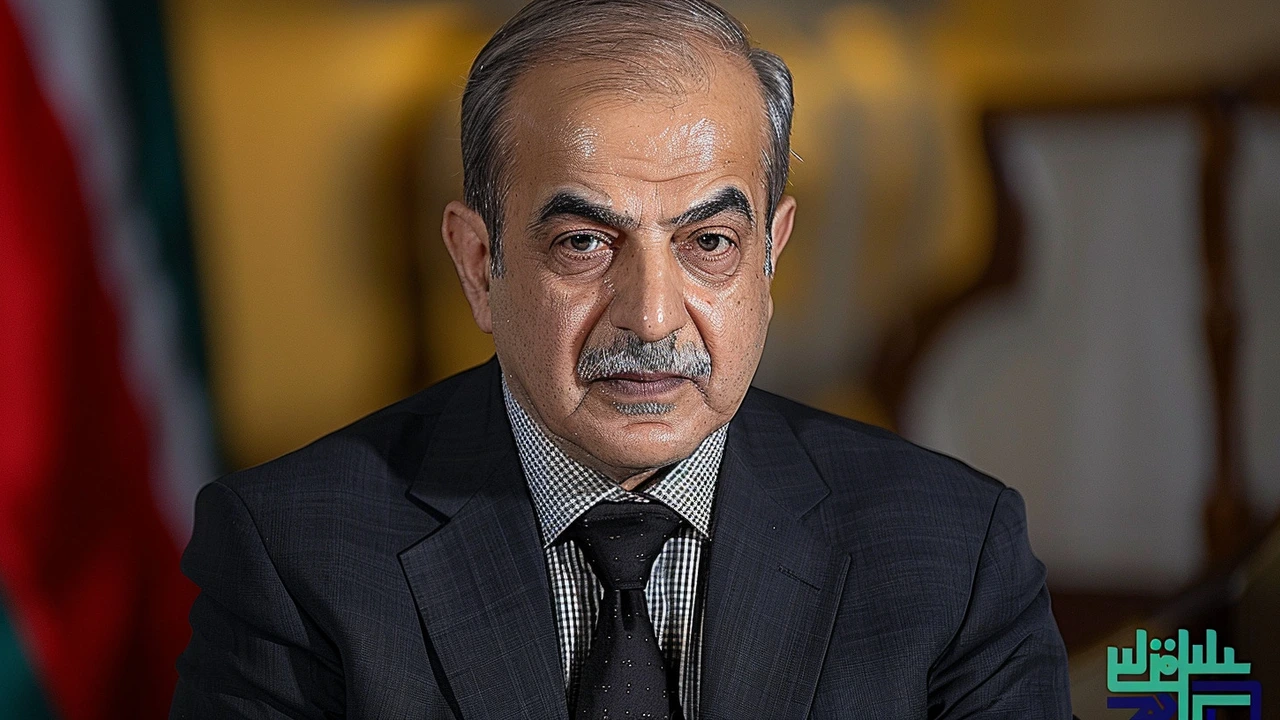Nuclear Tests Explained: What They Are and Why They Matter
When you hear "nuclear test" you probably picture a huge mushroom cloud and a blaring siren. In reality, a nuclear test is any controlled explosion of a nuclear weapon or material to see how it works. Countries have been doing this for decades, mainly to prove a bomb works, improve design, or send a political message.
Why do nations still test? Some want to keep their arsenals credible – they need proof that the weapons will fire when needed. Others use tests as a bargaining chip in negotiations, showing off power without actually going to war. The downside is huge: radioactive fallout can travel across borders, and underground blasts can crack water tables or cause earthquakes.
The History in Brief
The first nuclear test was "Trinity" in New Mexico back in 1945. That kicked off a race between the U.S. and Soviet Union, with each side blowing up dozens of bombs over the next three decades. By the late 1990s, most major powers had signed the Comprehensive Nuclear-Test-Ban Treaty (CTBT), which bans all nuclear explosions but isn’t fully ratified yet.
Even after the treaty, a few countries kept testing underground to stay under the radar. North Korea’s recent tests show how the ban can be sidestepped when a regime wants attention. Each test brings new data that scientists and engineers use to tweak weapon designs, making them more efficient or smaller – which unfortunately makes them easier to hide.
How the World Monitors Tests
The International Monitoring System (IMS) is the backbone of global detection. It uses seismic stations, hydroacoustic sensors, radionuclide detectors, and infrasound microphones to spot a blast anywhere on Earth. If a test happens, these tools can pinpoint location within minutes.
Governments also rely on satellite imagery. A sudden bright flash or a new crater shows up fast, letting analysts confirm a test even before the IMS data is processed. Together, these methods make it harder for any country to sneak a test without being noticed.
Public health groups keep an eye on fallout patterns too. After a test, they map radiation spread and advise locals on food safety, water use, and sheltering. The goal is to reduce exposure, especially in vulnerable communities near the test site.
What It Means for You
If you live far from a test site, the direct impact might be minimal – but global politics can still feel the ripple. A new test often raises tensions, leading to diplomatic talks or sanctions that affect trade and travel. On the environmental side, long‑term radiation can linger in soil and water, affecting agriculture for years.
Staying informed is easy: follow reputable news sources, check updates from the CTBTO (the treaty organization), and pay attention to local health advisories if a test occurs near your region. Knowing the basics helps you understand why governments react the way they do and what steps are taken to keep everyone safe.
Bottom line – nuclear tests are more than dramatic explosions on TV. They’re technical experiments, political statements, and environmental hazards all rolled into one. By keeping tabs on history, monitoring tools, and health guidelines, you can cut through the hype and see the real picture.

Pakistan Declares Public Holiday to Honor Youm-e-Takbeer, Celebrating Nuclear Achievements
May 27, 2024, Posted by Ra'eesa Moosa
Prime Minister Shehbaz Sharif's government has announced that May 28 will be a public holiday in Pakistan to celebrate Youm-e-Takbeer. This day commemorates Pakistan's 1998 nuclear tests, marking a significant milestone in the nation's defense capabilities. The holiday underscores the unity and collective efforts in bolstering national security.
MORE